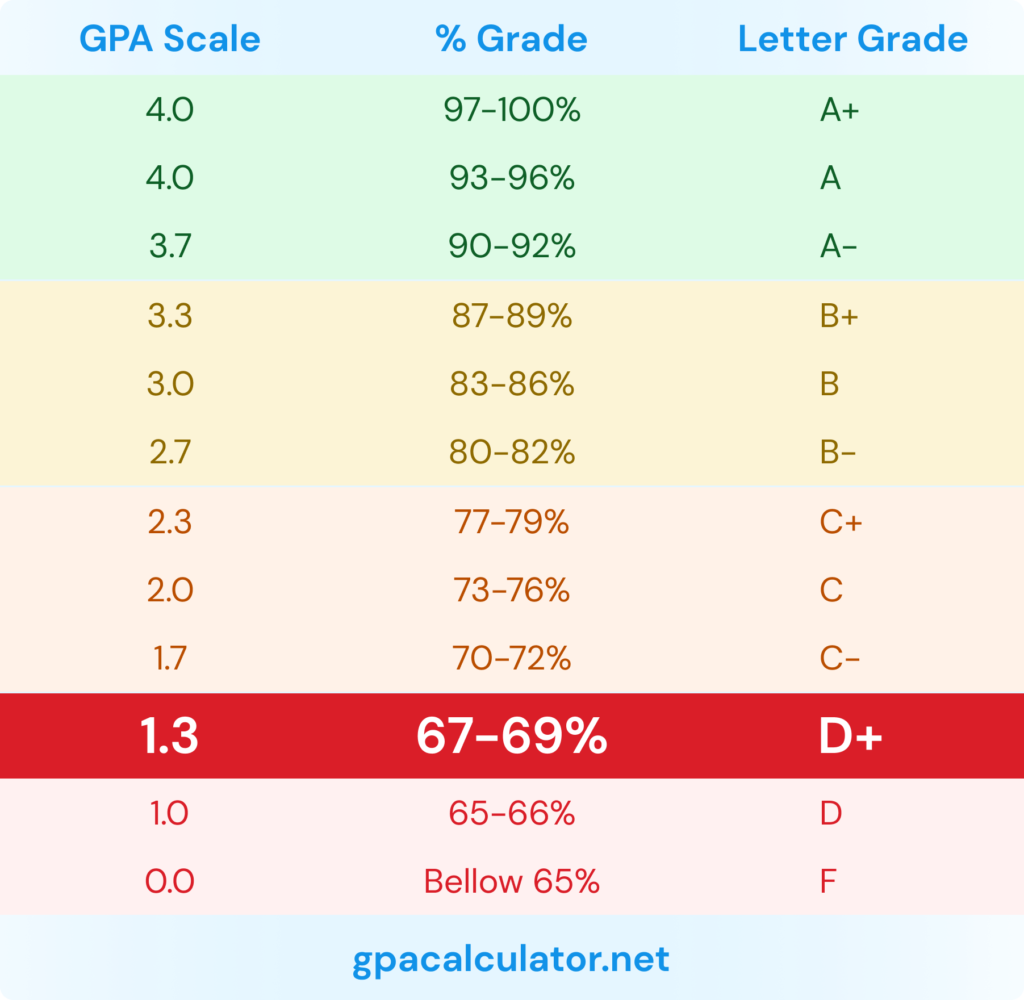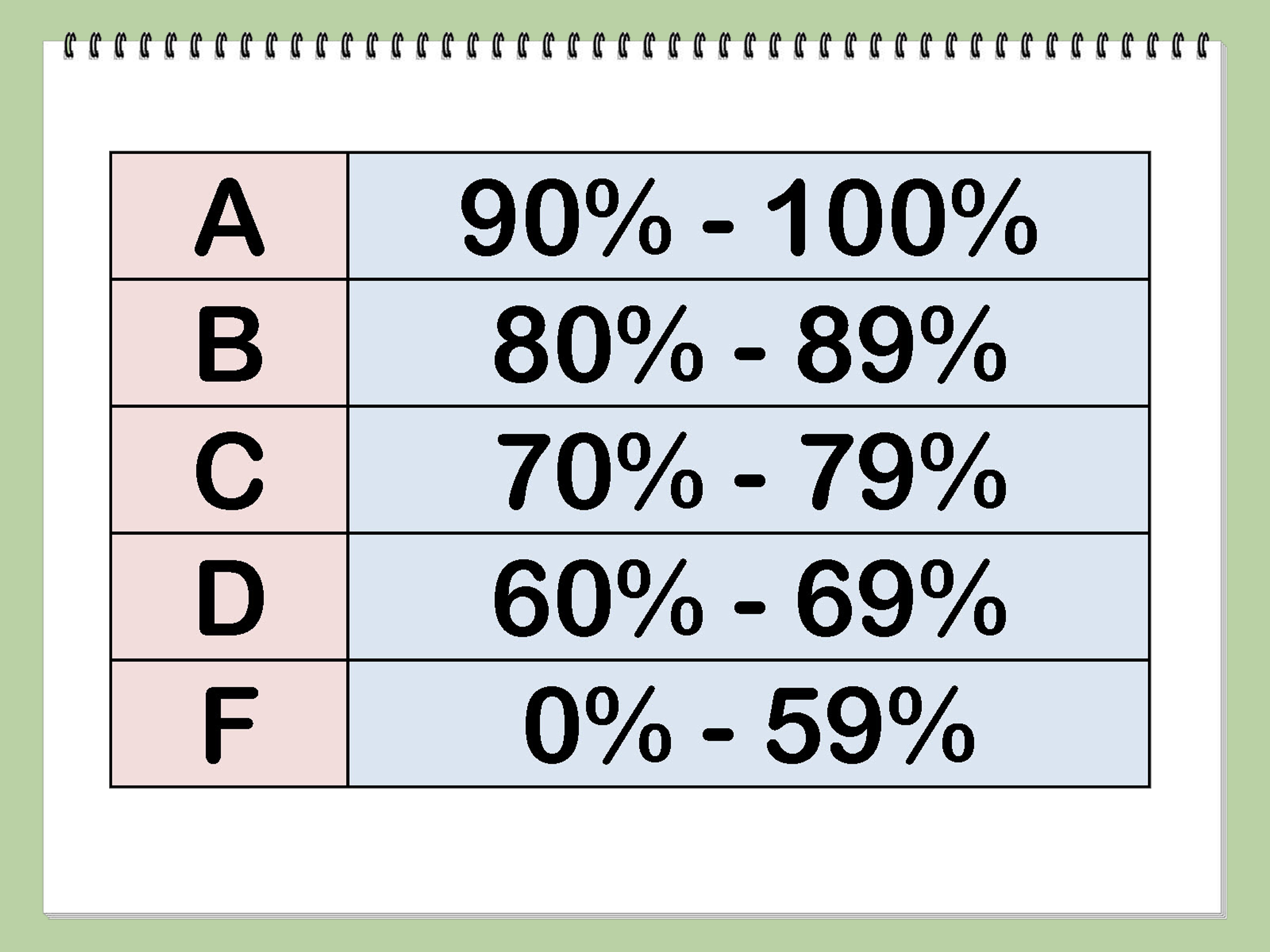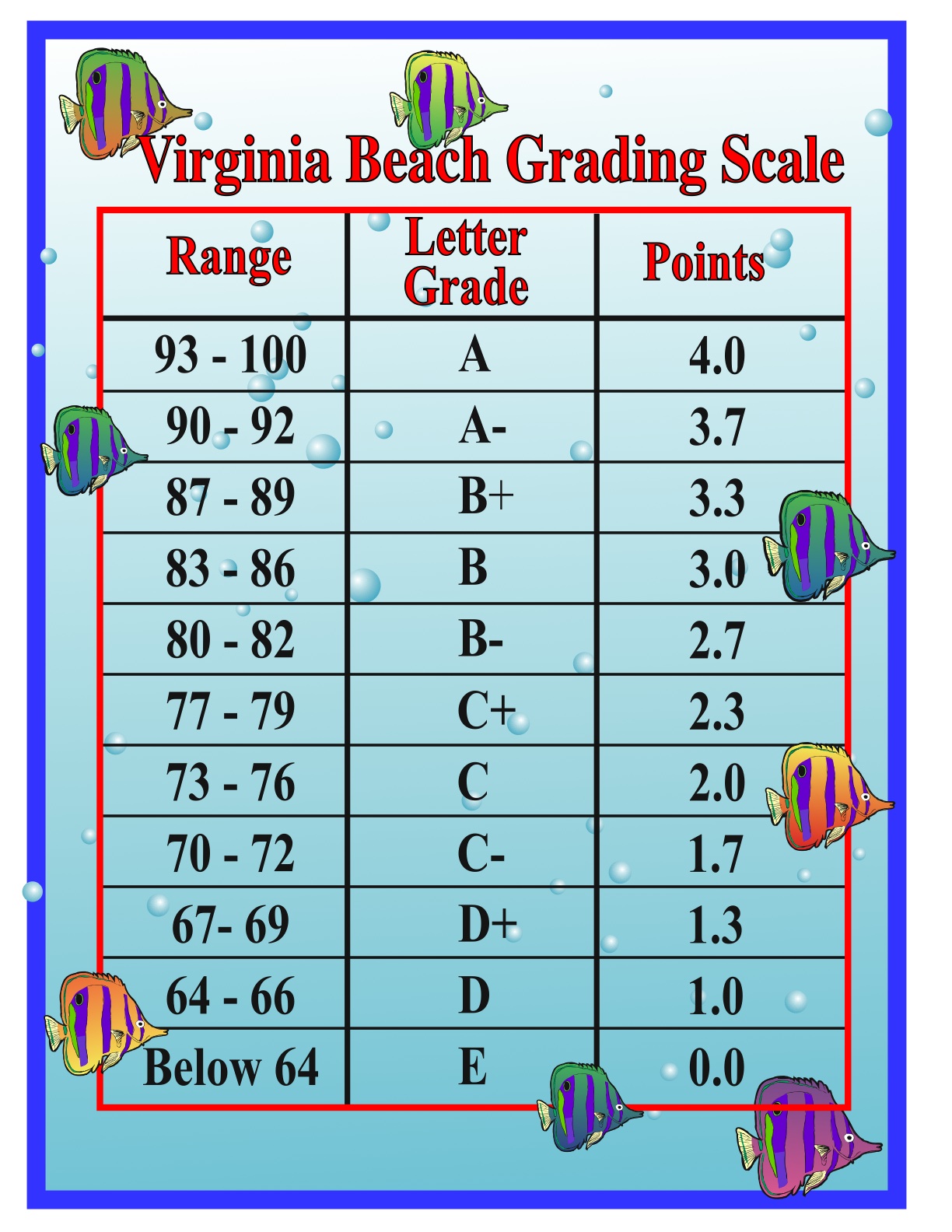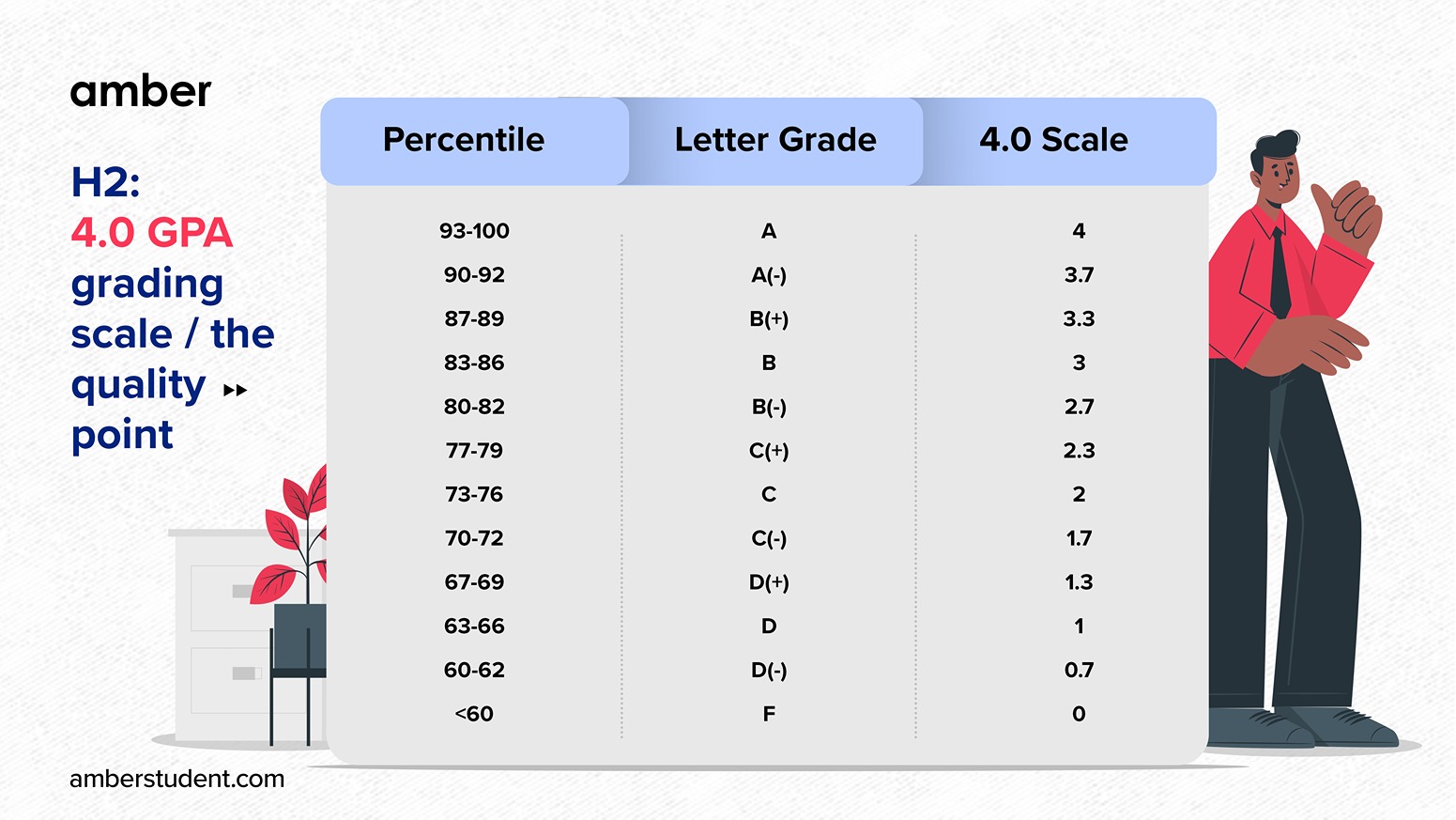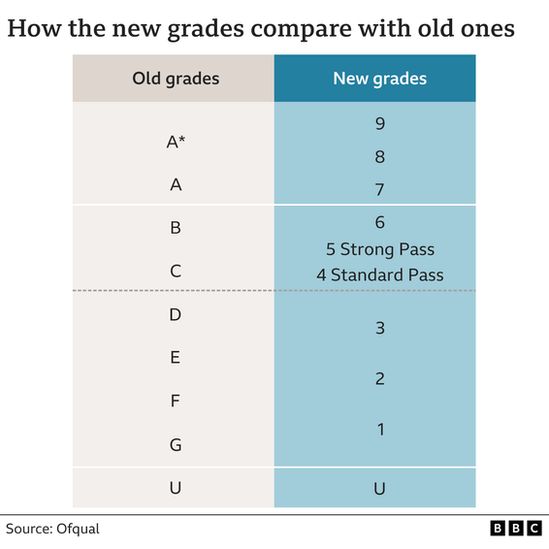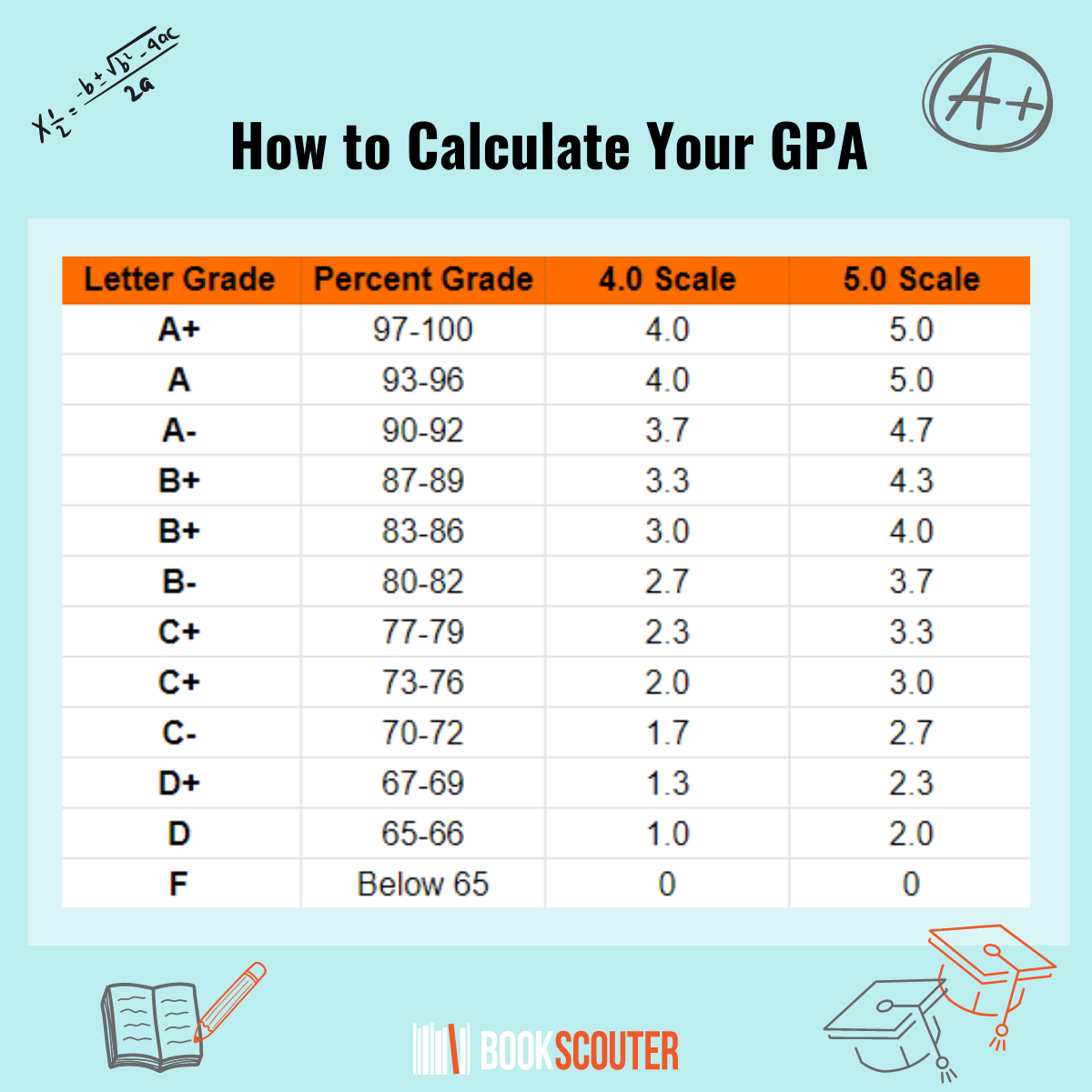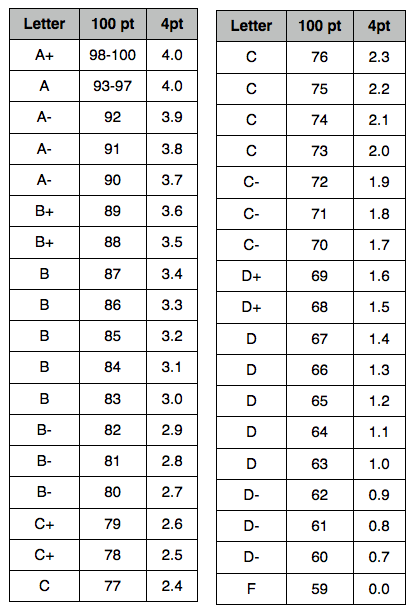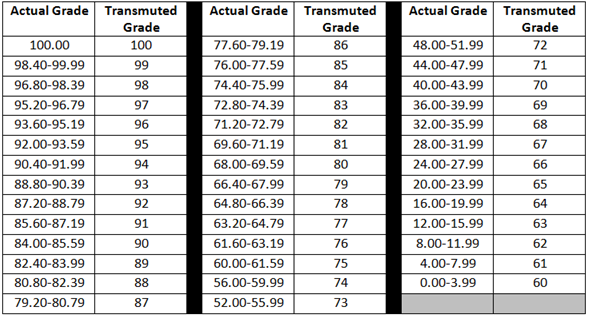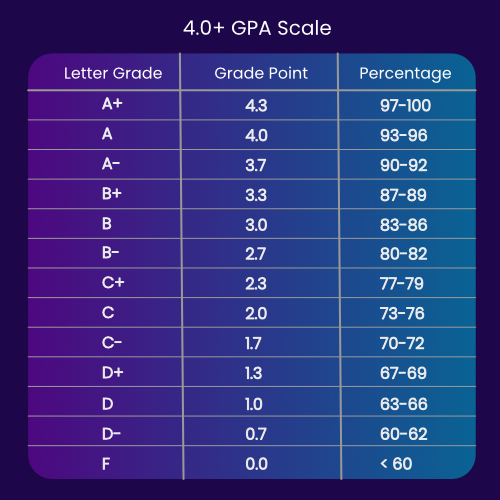What Grade Is A 39 Out Of 50
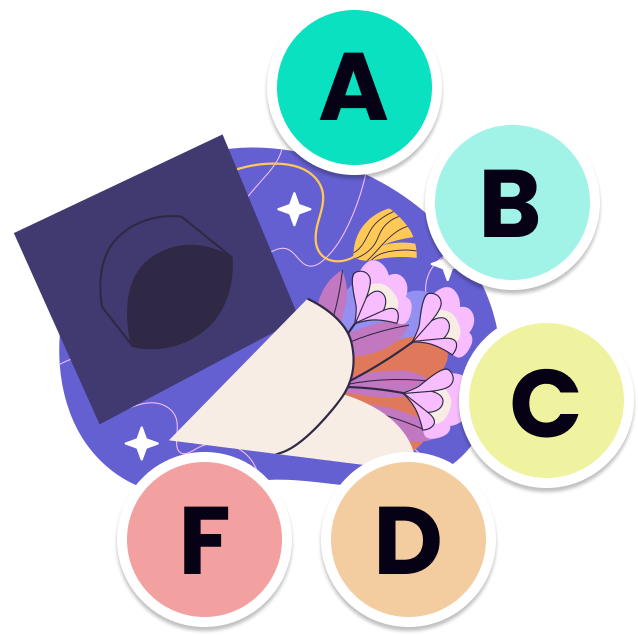
The scent of freshly sharpened pencils hangs in the air, mingling with the quiet murmur of students comparing notes before the bell rings. Sunlight streams through the classroom windows, illuminating faces etched with anticipation and perhaps a touch of anxiety. In countless schools across the nation, the question lingers: What does my score mean? What hurdle have I cleared, and what remains?
Understanding what a 39 out of 50 translates to on a traditional grading scale is crucial for students, parents, and educators alike. In most standard grading systems, a score of 39 out of 50 equates to a 78%, typically landing within the C+ to B- range. This article will delve into the significance of this grade, exploring its implications and offering insights into how it impacts academic progress.
The Basics: Calculating the Percentage
First, let’s establish the arithmetic. Calculating the percentage is straightforward: (Score / Total Possible Score) * 100. In this case, (39 / 50) * 100 = 78%. This means the student answered 78% of the questions correctly or met 78% of the assessment's criteria.
But what does 78% really mean in the grand scheme of academic evaluation?
Decoding the Grade: Context is Key
While 78% mathematically translates to a C+ or B-, the actual grade assigned can vary based on the specific grading scale used by the institution. Some schools might consider 78% a solid B-, while others might classify it as a strong C+.
Grading scales aren't universal. Factors such as the difficulty of the assessment and the teacher's grading philosophy can also influence how the percentage is ultimately translated into a letter grade.
Common Grading Scales and Their Variations
The most common grading scale in the United States generally follows this pattern: 90-100% is an A, 80-89% is a B, 70-79% is a C, 60-69% is a D, and below 60% is an F. However, many schools use pluses and minuses to further differentiate performance within these ranges.
A 78% could be a C+ in a school with stricter grading criteria, or a B- in one that is more lenient. Some educators also use a curved grading system, where the distribution of grades is adjusted based on the overall class performance.
Knowing the school's specific grading policy is essential. Parents and students should consult the school handbook or speak directly with the teacher to understand how grades are determined.
Beyond the Letter: What Does 78% Signify?
The real value of a grade extends far beyond a simple letter. A 78% indicates a reasonable understanding of the material but also highlights areas for potential improvement.
It's a signal that the student grasped many key concepts but may have struggled with certain aspects or made a few careless errors.
Focus on Strengths and Weaknesses
Instead of solely focusing on the letter grade, it’s beneficial to analyze the specific areas where the student excelled and where they encountered difficulties. Reviewing the marked-up test or assignment can provide valuable insights.
Did the student struggle with a particular type of problem? Was the issue a lack of understanding, or simply a mistake due to time pressure or oversight?
Turning a C+ or B- into an Opportunity for Growth
A 78% shouldn't be viewed as a setback but rather as a stepping stone. It's an opportunity to identify areas where the student can focus their efforts and strengthen their understanding.
This could involve seeking extra help from the teacher, forming study groups with classmates, or utilizing online resources for additional practice.
The Bigger Picture: Grades and Long-Term Success
While grades are undoubtedly important, they are not the sole determinant of future success. A 78% or any other grade, represents a snapshot of performance at a particular point in time.
Factors such as work ethic, critical thinking skills, creativity, and resilience also play a significant role in shaping a student's future.
The Importance of a Growth Mindset
Encouraging a growth mindset, the belief that abilities and intelligence can be developed through dedication and hard work, is crucial. This mindset helps students view challenges as opportunities for learning and growth, rather than as fixed limitations.
Students with a growth mindset are more likely to persevere through difficulties, embrace feedback, and ultimately achieve greater success, regardless of their initial grades. As Stanford psychologist Carol Dweck has shown in her research, focusing on effort and learning strategies is far more effective than simply praising innate intelligence.
Beyond Academic Achievement: Developing Well-Rounded Individuals
It's equally important to nurture other aspects of a student's development, such as their social-emotional skills, creativity, and passion for learning. Participating in extracurricular activities, pursuing hobbies, and engaging in community service can all contribute to a well-rounded education.
These experiences not only enhance a student's overall well-being but also equip them with valuable skills that are highly sought after in the workplace and in life.
Concluding Thoughts: Embracing the Learning Journey
So, what grade is a 39 out of 50? In most cases, it's a C+ or B-, but more importantly, it’s a moment in time. It's a reflection of effort, understanding, and areas for growth. It's an invitation to learn, adapt, and strive for continuous improvement.
Let's shift the focus from solely chasing the highest grades to embracing the learning journey, fostering a love of knowledge, and nurturing well-rounded individuals who are prepared to tackle the challenges and opportunities of the future. The true measure of success lies not just in the marks we receive, but in the individuals we become along the way.


